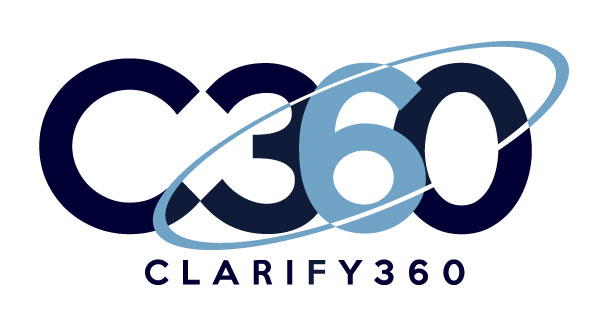Customer Satisfaction is How We Measure Success
Our Process
With more than 3,600 completed client engagements and decades of IT consulting and sourcing experience, our team knows how to drive success and remove complexity for clients. We approach projects with a five-step methodology to ensure maximum efficiency and ROI while also delivering a seamless experience to our customers. What that means for you: clear process, clear value, and clear choices.
Baseline Audit
Step 1
- Get Visibility: Every client engagement begins with Clarify360’s proprietary Strategic Baseline Inventory and Analysis.
- Immediate Impact Review: We complete a thorough review of your current spend in every location, while developing an understanding of your future needs.
- Quick Turnaround: A typical Inventory takes just a few weeks to complete, and there is never any direct or indirect cost to our clients.
- Low-touch: Most importantly the time commitment is minimal.
Solution Design
Step 2
- Integrate With Your Team: After project Kick-Off, weekly cadence is setup with primary points of contacts, with milestone meetings for key stakeholders.
- Understanding Your Vision: A go-forward solution design is grounded in understanding the overarching vision and mission of client.
- Bring Subject Matter Expertise: Clarify360 leverages its deal flow, market knowledge, and subject matter expertise to map new solutions that help client achieve their desired business outcomes.
- Most importantly the time commitment is minimal./li>
Market Assessment
Step 3
- Market Analysis: With a clear understanding of your current and future needs, our team analyzes all available carriers to identify those whose services are best aligned with your strategic requirements.
- RFP Creation: We create a detailed bid package that is submitted to the most relevant vendors, and prepare an executive summary outlining your options.
- 100% Vendor Neutral: Clarify360 leverages long-term relationships with over 300 global vendors, so our recommendations are always 10
Vendor Selection
Step 4
- Project Management: Clarify360 coordinates meetings and continues negotiations with vendors (including the incumbent) who will deliver the most appropriate and effective solutions for your ongoing growth and competitive business needs.
- Pricing: Our goal is to ensure that we provide you with the optimum solution at the best price.
- Contract Negotiation: Clarity360 negotiates on your behalf to gain preferred contact terms, SLA commitments, and delivery support.
- Most importantly the time commitment is minimal.
Service Delivery & Implementation Support
Step 5
- Assigned Resources: Each project is assigned an Implementation Manager to assist, manage, and support a successful service delivery.
- Vendor Accountability: Clarify360 ensures vendors fulfill their commitment and contract agreement terms.
- Issue Escalation: Our high-level relationships can be leveraged to escalate service delivery issues.
Life Cycle Management & Support
Step 6
- Account Management: Once the installation is complete, your account is turned over to a Clarify360 Account Executive and a QBR cadence is established.
- 30/60/90 Bill Review: We will ensure your first three month’s bills are accurate and vendor service and support are meeting expectations.
- Account Maintenance: Help Desk Support, Telecom Expense Management (TEM), and Moves, Adds, Changes, and Disconnect Services (MACDs).
- Partners for the long-term: We offer a full suite of services to ensure that you get the best solutions at the be...
